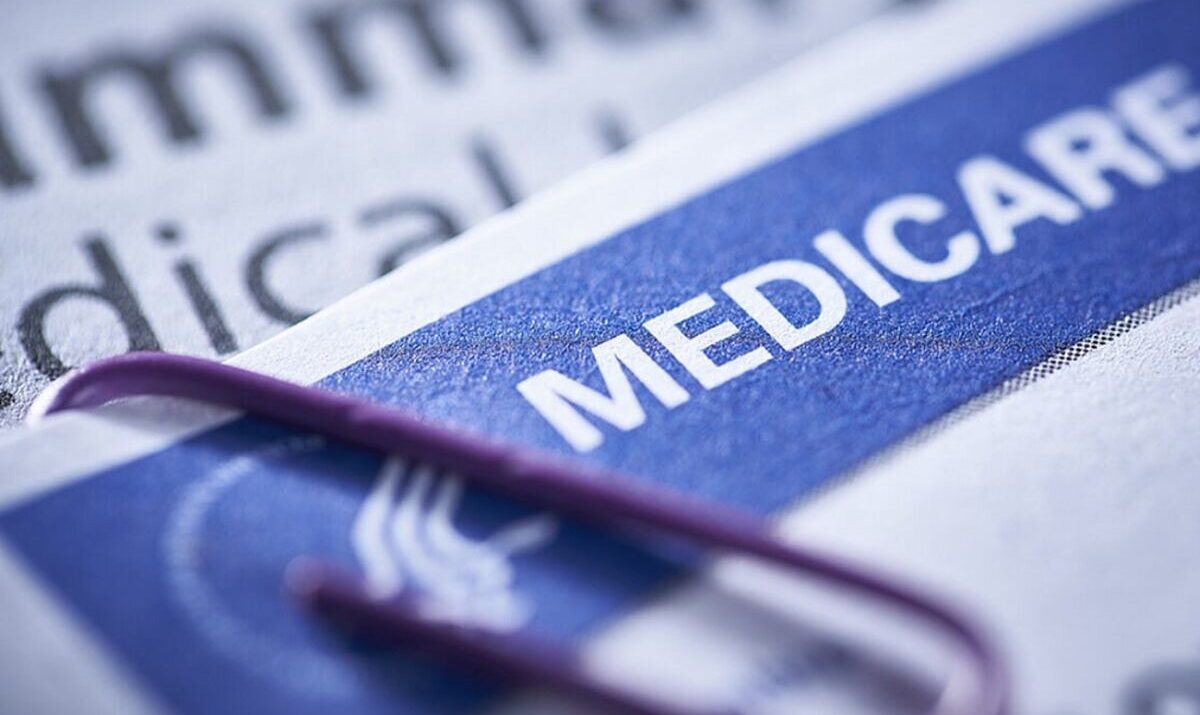Drugmakers are set to reduce prices on 10 of the most expensive drugs under Medicare as part of the government’s first-ever negotiations aimed at lowering costs for millions of Americans. These medications, used to treat heart disease, diabetes, and cancer, could have saved Medicare $6 billion last year had the new prices been in place.
People with Medicare – 9 million of whom use at least one of the drugs and often pay a percentage of the costs – are expected to see an aggregated estimated savings of $1.5 billion in out-of-pocket costs once the changes go into effect.
The savings won’t be seen immediately, however. The new prices won’t go into effect for people with Medicare Part D prescription drug coverage until Jan. 1, 2026. After that, negotiations for 15 other drugs will start with any changes taking place in 2027. More drugs will added each year, the agency said.
Prices for the following drugs will be lowered. Amounts show the price for a 30-day supply:
- Eliquis, a blood thinner from Bristol Myers Squibb and Pfizerm, new price $231, down from $521
- Enbrel, a rheumatoid arthritis drug from Amgen, new price $2,355 negotiated price, down from $7,106
- Entresto, a heart failure drug from Novartis, new price $295 negotiated price, down from $628
- Farxiga, a drug for diabetes, heart failure and chronic kidney disease from AstraZeneca, new price $178, down from $556
- Fiasp and NovoLog, diabetes drugs from Novo Nordisk, new price $119, down from $495
- Imbruvica, a drug for blood cancers from AbbVie and Johnson & Johnson, new price $9,319, down from $14,934
- Januvia, a diabetes drug from Merck, new price $113, down from $527
- Jardiance, a diabetes drug from Eli Lily and Boehringer Ingelheim, new price $197, down from $573
- Stelara, a drug for psoriasis and Crohn’s disease from J&J, new price $4,695 negotiated price, down from $13,836
- Xarelto, a blood thinner from Johnson & Johnson, new price $197, down from $517
More than 65 million people in the U.S. have health insurance coverage through Medicare.










